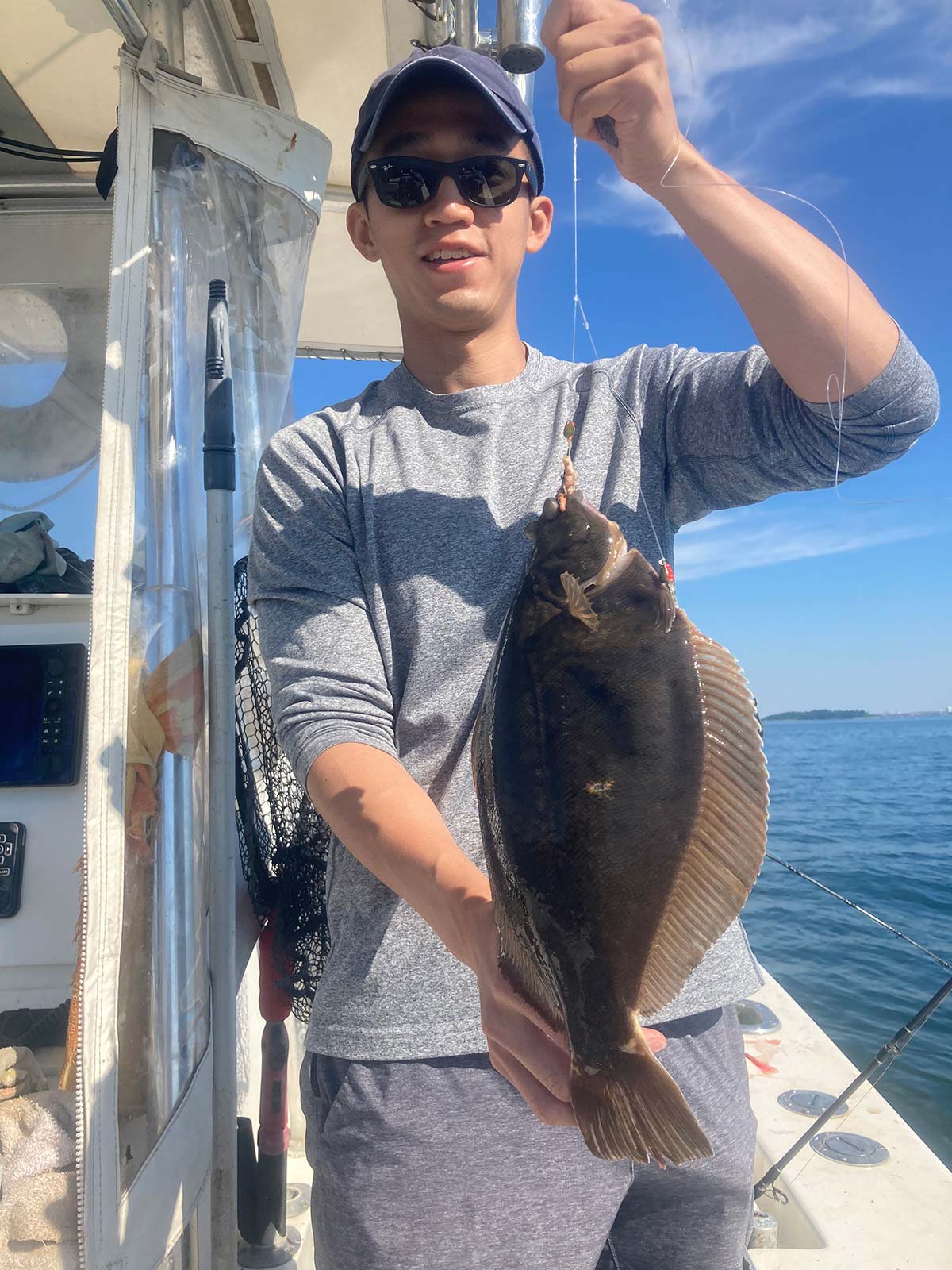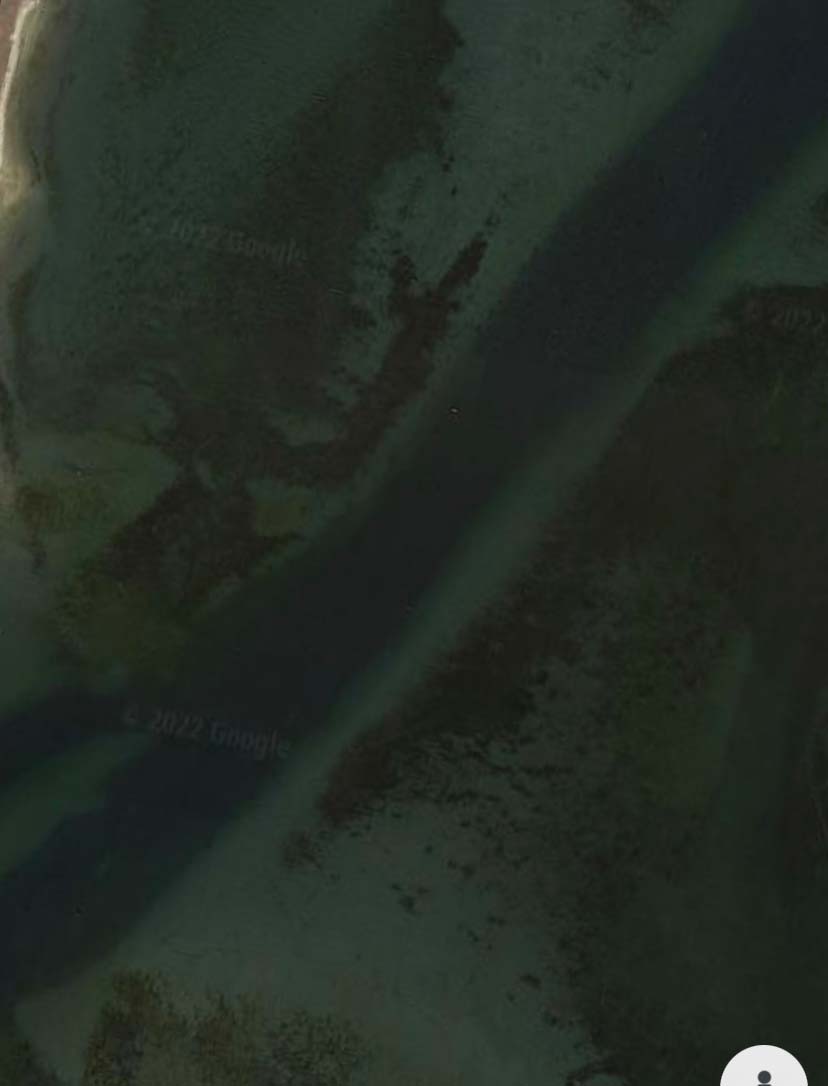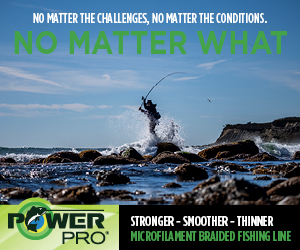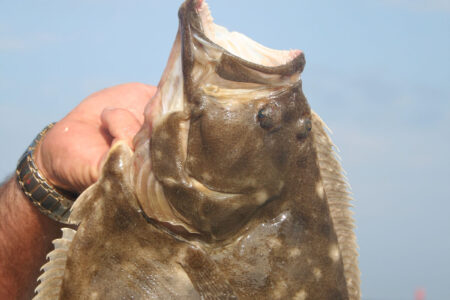
Once a New England staple, winter flounder can still be found with a little research.
Winter flounder, flatties, black backs; I heard many stories as a kid about how plentiful these tasty flatfish were in the years before I was born. It was as simple as going out into any harbor with a hand-line and some sandworms or clams and in an afternoon you could produce a bucket full of flounder. Naturally, I wanted to try it for myself, but all those same people warned that it was no longer worth it saying that the fishery was a mere fraction of what it once was.
When I was a kid we used to summer in Noank and I spent a lot of time fishing from docks and sod banks in the estuaries and harbors in that area. We fished all the time, mostly catching scup, tog, sea robins and the occasional striped bass. I also recall catching two winter flounder in the same spot several years apart; and now with a fine-tuned approach and the right gear this spot produces most of my fish. Through spending a lot of time on Google Earth and Navionics looking for channels, the edges of flats, transitions from mud to sand and other structures that would hold these cold water fish.
When & Where
The season opens on April first in my home waters of Connecticut and, on that first nice day in April, I’ll be out looking for flounder. A nice sunny warm day is what I prefer, splitting time between my kayak and my 16-foot skiff, nicer weather days are more comfortable and I have found that the fish are more inclined to feed. In my experience cold, dark days should be avoided. I think it probably has something to do with the fact that the sun is warming up the shallows which is waking up the small invertebrates that the flounder feed on—naturally the predatory flounder will respond. You will want to be prepared to move around because these fish are not abundant, like they once were, you’re not going to find them in every spot that looks good.
I plan out a few stops that might include the channel edges in small tidal rivers, drop-offs outside of coves, mud flats in harbors and the deeper holes in salt marshes and try to stay mobile until I find fish. One way I find a lot of my spots is as simple as paying attention to the ospreys. These amazing birds are better at locating fish than any angler could dream and if they’re paying close attention to an area, you should too.
I look for water depths between 5 and 15 feet, the most productive temperature range is 45 and 55 degrees. These fish like structure so pay attention to any channel edges or depth transitions as well as bridge abutments, pilings, shellfish beds, rocks, mud flats and tracts of sand. If an area doesn’t have some kind of fish-holding structure, don’t bother with it, I will also avoid excessively rocky terrain.

Gearing Up
I keep it simple for rigging, a prepackaged two-hook flounder rig gets the job done nicely. Look for the ones with the long-shank hooks and the yellow bead for a pop of color, they allow you to use a little bit bigger bait. In most places you won’t need more than 1 or 2 ounces of lead, but the current will dictate that, of course.
To make your own rig you’ll need a three-way swivel, a breakaway clip, two long-shank thin wire hooks and two beads (I prefer a bright color). You don’t need to worry about these fish being leader shy. I use 50-pound mono for the simple reason that it’s easy to tie. By adding a dropper loop to a 24-inch segment of leader you can create your two hook rig, add the three-way swivel to the top of that; one branch of the swivel goes to the main line, I like to use 15- or 20-pound a braid for its sensitivity and ability to cut through the current. To the last branch of the three-way add a breakaway clip to make changing out your sinkers easier.
I prefer a baitcasting setup for flounder fishing, the Penn fathom 300 or 200 and a Tsunami Slimwave 6-foot, 4-inch medium heavy is my go to. Something that can handle a bit of lead but still has a soft tip for those delicate bites is crucial. It’s important to have enough lead to keep your presentation directly under the boat. The use of a chum pot will really increase your odds and keeping your bait near the pot will give you an even greater advantage.
For hook baits I have found that sandworms work best, but bloodworms and even nightcrawlers work well too. I like to thread the worms or strips of clam on the shank of the hook so the fish can eat the entire bait with ease. I don’t believe these fish are all that picky but having a properly-hooked bait will help you hook more fish. For chum I prefer using premade clam chum logs but crushed up crabs, clams and even crushed up frozen shrimp from the grocery store have worked for me in a pinch. I like keeping my rig right next to the chum pot moving around slightly with lifts of the rod tip or small twitches to grab the attention of any nearby fish feeding on the chum trail. If conditions allow I’ll often dead stick a second rod as well. With the use of a second rod that allows for more baits in the water and often results in more fish, it also affords the opportunity to experiment with different baits.

Timing The Tide
Flounder fishing can be an all-day endeavor but I like to have my lines in the water on an outgoing tide with the tail end of the ebb tide often being the most productive. The warmer temperatures of a dropping tide gets more baitfish moving and draws more worms out of the mud. When the currents slows the flounder seem to move around and feed more.
During the colder months when these fish are easiest to catch there are very few competing species, so most of the bites you get are going to be flounder. But you may encounter schoolie stripers, small blackfish, porgies or even the odd sea run trout in areas where a freshwater river enters an estuary. Keep your eye on the water temp, even if it increases by one or two degrees it could be a sign that the bite is about to light up.
| CT FLOUNDER FINDER |
| Areas like Bluff point, Niantic River, Mystic River and the mouth of the Thames River are all spots to pay attention to. Spend a little time on Google Earth and look for channel edges or places where dark bottom butts up to sand or rock, these are often the best places to look. |
If you’re fishing Connecticut waters, don’t brush off the winter flounder as a species that’s not worth your time, pick a nice, warm day and give it try. These blackback flounder may be a challenge to find but can be really fun to catch and can provide a nice meal of fresh fish after a long winter. Since I started targeting these fish I’ve noticed an increase in the numbers of fish I’ve been catching. And with a little time spent looking over nautical charts and satellite images, you can find some of these hotspots too.




